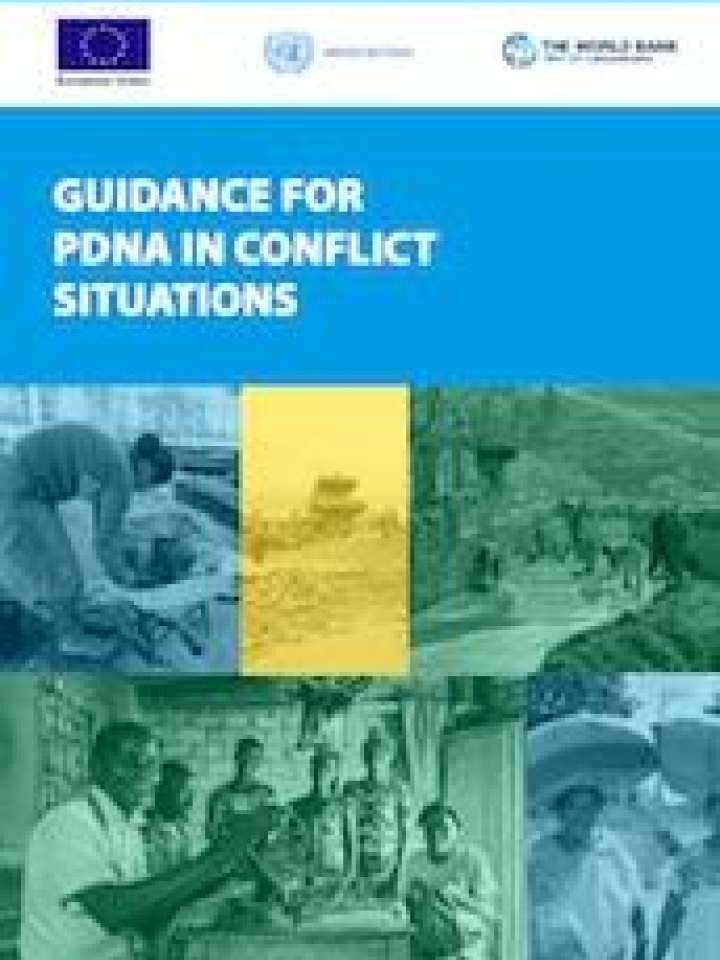PDNA guidance: Integrating conflict sensitivity
When disasters occur in a situation where resources are scarce, there is the potential for conflict. These conflicts could arise over assets or livelihood opportunities, such as the lands lost or degraded by a disaster. A post-disaster needs assessment (PDNA) may indicate the potential conflict situations in different sectors.
When disasters happen in a country with an existing conflict, the situation may be aggravated by tensions over disaster relief and recovery. Certain groups or communities may seek greater access to relief from government and other sources, which could lead to perceived exclusion or discrimination. The PDNA therefore needs to consider the possibility of a conflict worsening in the aftermath of a disaster.
PDNAs must strike the right balance between inclusion, equity and fairness towards distinct social groups on the one hand, and a feasible recovery strategy on the other. Although they should not gloss over social tensions, PDNAs should not be a case of social or political overreach.
Structure of the guide
Section 1 of this guide explains the basics of the concept of conflict sensitivity, and how to develop a conflict sensitivity lens. Section 2 sets out key conflict sensitivity considerations for the Terms of Reference that are drawn up for each PDNA. Sections 3, 4, 5, 6 and 8 systematically cover the basic PDNA steps (baseline assessment, assessment of disaster effects, assessment of disaster impact, identification of recovery needs and the recovery strategy) to outline key conflict sensitivity considerations with examples. Meanwhile, section 7 highlights the key sectors and crosscutting issues that constitute a high risk from a conflict sensitivity perspective. This document also sets out a series of key questions to consider for each of these sectors.
Explore further

